In the United States, more than 300 million people in at least 42 states have been directed to stay home to fight the spread of COVID-19; across the globe, that figure stretches into the billions. While some are fortunate to be able to work from home, architectural photographers are not; being out and about is embedded into the very DNA of their work. With most construction brought to a standstill and photo shoots postponed indefinitely, many photographers are facing an unexpected break in their usual pace. RECORD spoke with 10 professionals who shared the ways they are using that time.
Catching up on editing is universal (and seemingly endless) task for photographers of all kinds—career, hobbyist, and otherwise, and those whose subject is the built environment are no exception. Various business-oriented tasks—taxes, website updates, client outreach and the like—are also top priorities for many architectural photographers who now find themselves confined to their homes and studios. Some are also taking this moment as an opportunity to dive into social media communities, book projects, and personal creative pursuits.
Video courtesy of Alan Karchmer and National Building Museum
Last month, Washington, D.C.–based photographer Alan Karchmer learned that his upcoming National Building Museum exhibition The Architects’ Photographer—scheduled to run from March 13 of this year to March 21, 2021—would be postponed, as COVID-19 prevented the institution (which had been closed for a renovation) from re-opening its doors. Quickly pivoting to the digital realm, the museum asked Karchmer to record audio commentaries about some of his photographs. “I selected a variety of images and talk about different aspects of the projects or what went into the shots,” he tells RECORD. The videos will debut on social media and be archived online.
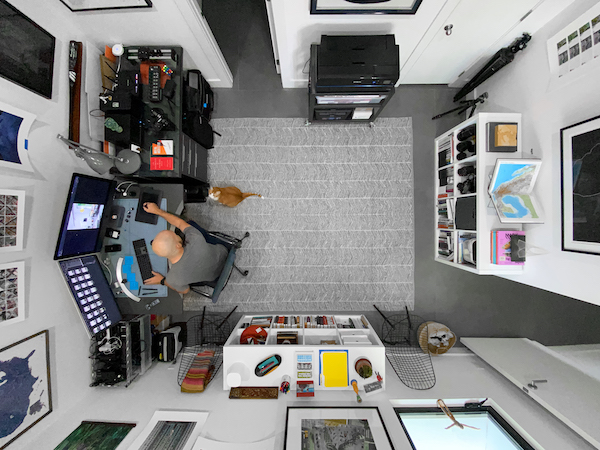
Houston-based photographer Peter Molick is also looking to the web to further his work. Around the time he began sheltering at home, he started creating video tutorials of his post-processing work and uploading them to his YouTube channel. “The biggest challenge for me so far has been making myself speak in front of a camera,” he says. “It’s not the most comfortable, but I suppose we’re all going through that on some level right now!” And in Vancouver, Ema Peter has been participating in Instagram Live conversations to stay connected with the photography community. “I have gotten to know a lot of people whom I have respected and admired for a while,” she says.
Casey Dunn, an Austin-based photographer, is working on two book projects—one about homes and life in the desert, and one on modern architecture and interiors in Santa Fe (with Helen Thompson, his long-time collaborator on publishing projects). “These longer-form book projects are something I would usually have had to fit in between my normal client work,” he says. “For better or worse, uninterrupted time is something I will likely have plenty of in the near future.”
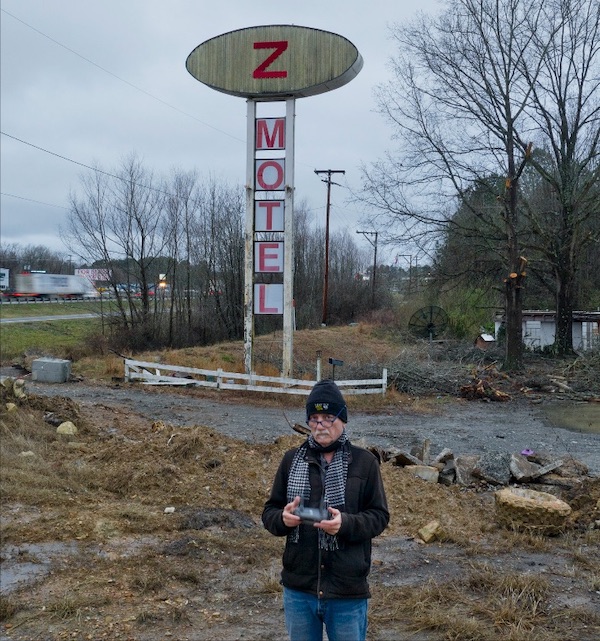
Many others are using this time to pursue their own passion projects. (Scroll through the slideshow above to see more examples of the following work mentioned.) In Arkansas, one of the last states without a stay-at-home order, photographer Timothy Hursley has been taking day trips to the Arkansas Delta from his home in Little Rock, shooting the vernacular architecture and the winter-to-spring transition he sees in the towns and landscape along the way. “There are a few projects that I have been threading together for years as I travel through Arkansas and the Deep South,” he says. “Most currently I have been photographing cotton seed stored in Muskogee Houses in Arkansas.”
Nick Merrick of Hall + Merrick has spent his time photographing the dramatic cholla cactus that grow on his land in Santa Fe, shooting silver gelatin negatives on an 8- by 10-inch view camera. “It’s old school,” he says, “And it’s where I began.” The large-format, black-and-white prints bring him back to a formative trip he took at age 20 to his family’s village in Greece. “I brought an 8-by-10 view camera and photographed the people who lived in the village. That batch of work, which I made in 1974, is really what decided for me that I would be a photographer.”
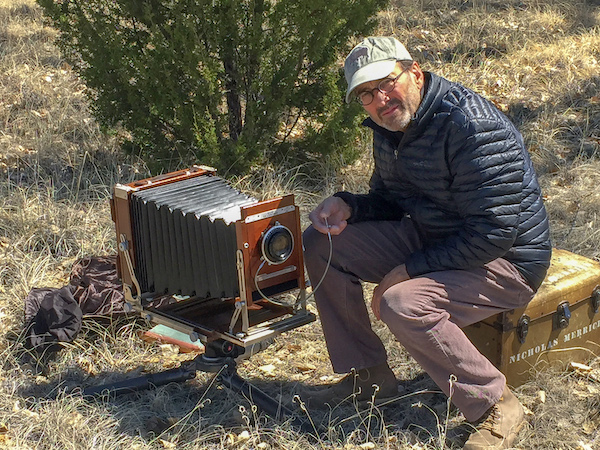
In Toronto, when Amanda Large and Younes Bounhar of doublespace photography aren’t wrangling their two boys, ages 2 and 5, Large returns to an ongoing project of hers, documenting modernist churches in Toronto. (And “on a personal note,” they say, “we are taking lots of photos of the kids!”)
Taking on new roles related to childcare and remote schooling pull many working parents out of their comfort zones. New York–based photographer Albert Vecerka and his family (including kids aged 12 and 9) are passing the pandemic in Chatham, New York, some 125 miles north of the city, where Ellsworth Kelly once had a studio and produced the 14 paintings of his Chatham Series. Staying with his partner’s parents, Vecerka is grateful to have immediate access to the outdoors and some light construction projects around the house to keep him busy. “I worked for a contractor while I was in school and still enjoy making things,” he says. “There are several ongoing renovation and improvement projects on the house that I usually wouldn’t have time for. And even though none of this will come even close to what Ellsworth Kelly did, it might provide enough of a charge to keep the wheels turning.”
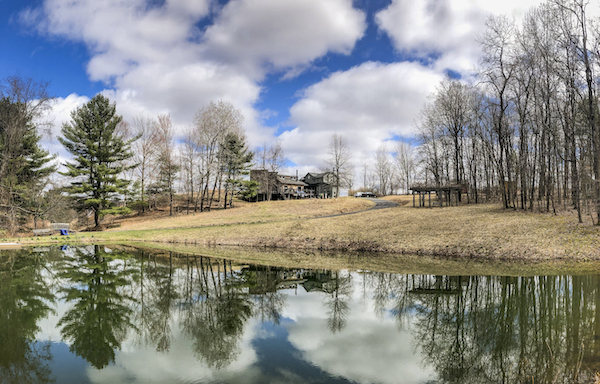
Read the first part of this series on architectural photographers in the age of COVID-19.









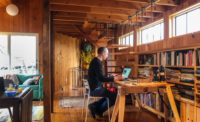


Post a comment to this article
Report Abusive Comment